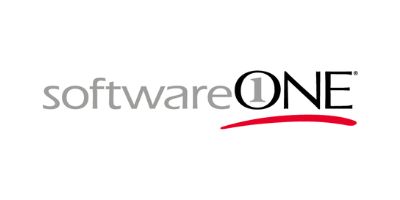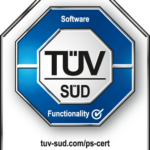Why the Eye-Able® Assistant is not a classic overlay.
Overlays often promise accessibility at the touch of a button. But this is usually not the whole truth. Better: a holistic approach to digital accessibility, as offered by Eye-Able® solutions. On this page, you can find out what this means and why our service is so unique.

Classic overlays cannot be adapted to a website system.
Traditional web overlay tools cannot be adapted to the customer's website.
The Eye-Able® Assistant can be adapted to a website in terms of both design and functionality. The software is therefore always adapted and individualized to the respective website.
We do not promise accessibility at the touch of a button using overlay technology.
Overlays often promise BITV conformity at the touch of a button and change the website code. However, this alone is not enough to ensure the legal framework.
With the overall concept of user-oriented assistants and testing software for WCAG/BITV you receive a holistic tool set. This also enables you to comply with the legal framework, for example with a final BITV test.
We also offer added value for users who do not have their own aids.
The Eye-Able® Assistant helps users without their own aids, so Eye-Able® can be seen as a website aid. In addition, Eye-Able® does not interfere with those who already visit your website with their own aids. Assistive devices are usually very expensive and the application process takes a long time - the Eye-Able® assistant for the browser, on the other hand, works immediately and costs no more than 15 euros per year per browser.
Classic overlays cannot be installed directly in the browser.
Classic overlay technologies cannot usually be integrated into the user's browser as a tool. This means that they can hardly or not at all be used as a tool.
Eye-Able® assistance software can be installed as an extension in the most common browsers. Users then use the assistant across all websites in the browser. They also benefit when websites use Eye-Able®, as the functionality of the assistant can then be adapted to the website using the existing configuration at website level.
Classic overlays often have restrictions in terms of end device and operating system
Overlay tools and many technical aids do not always work (equally) on every end device and can act differently on different operating systems.
Our assistance software works on any end device with the same range of functions. The assistant can also be run on any operating system.
Not all overlay solutions are designed to be accessible.
Overlay technologies do not always claim to meet accessibility standards such as BITV and WCAG. This excludes some users from the user experience and causes accessible sites to lose their status.
The Eye-Able® Assistant is completely barrier-free. We have the accessibility of our solutions tested on an ongoing basis. Under the following link you will find the current test report of the assistant:





